Caring For Freesias: Guide To Freesia Care In The Garden
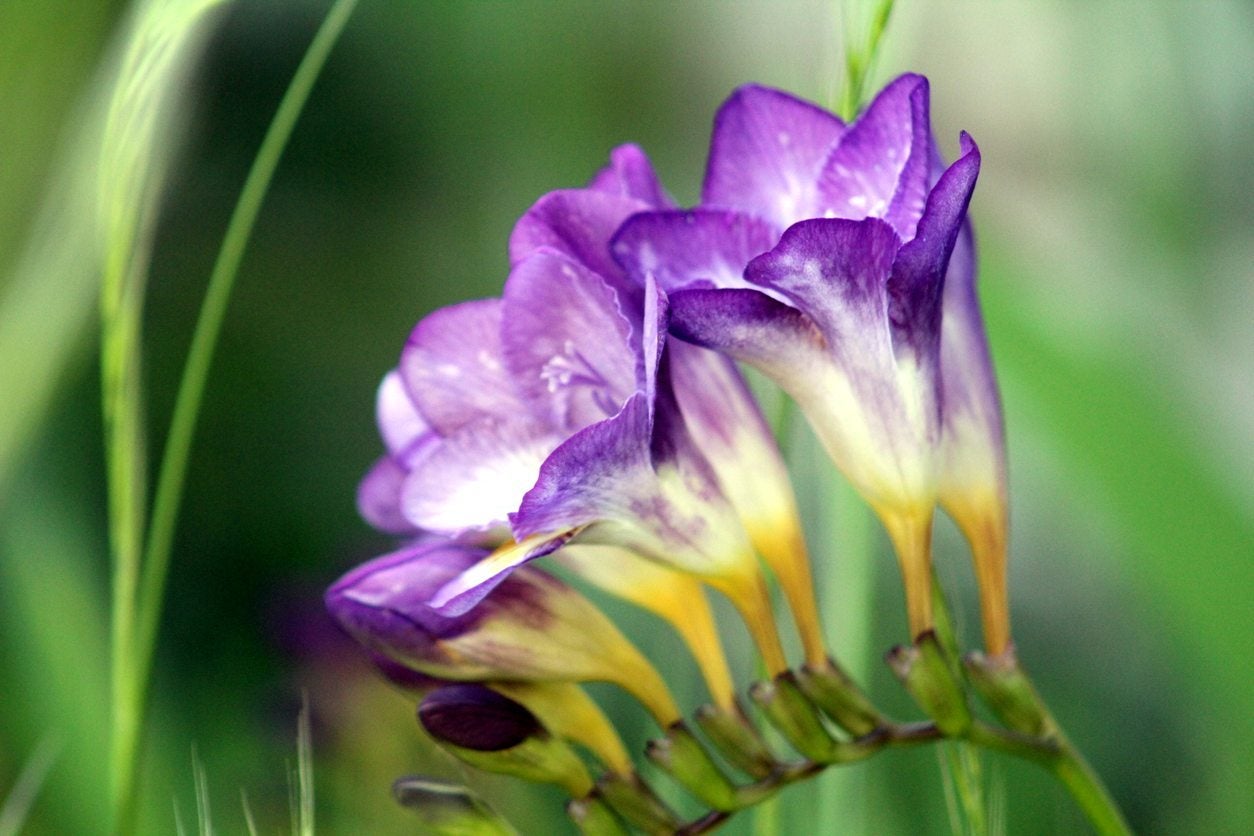

Native to South Africa, freesia was introduced into cultivation in 1878 by German botanist Dr. Friedrich Freese. Naturally, since it was introduced amid the Victorian era, this highly fragrant, colorful flower became an instant hit. Symbolizing innocence, purity, and trust, today freesia is still a popular cut flower for floral arrangements and bouquets. If you're looking for a long-lasting flower for a cutting garden, continue reading to learn about freesia growing requirements.
Freesia Growing Requirements
As mentioned above, freesia is native to South Africa. In order to properly grow freesia in the garden, it is important to mimic its native habitat. Freesia plants bloom best when daytime temperatures are around 60 to 70 degrees F. (16-21 C.), and nighttime temperatures stay around 45 to 55 degrees F. (7-13 C.). However, freesia plants cannot tolerate any frost and will die if exposed to periods below 25 degrees F. (-4 C.). They are hardy in zones 9 to 11 but can be grown as annuals or houseplants in cooler climates. In its native range in the Southern Hemisphere, freesia blooms in fall, then goes dormant when winter temperatures become too hot. In Northern Hemisphere zones, it blooms in spring and goes dormant when summer temperatures become too hot. Whether grown in the garden or containers, the first step of proper freesia care is to provide it with moist, but well-draining soil. In soggy soil, the delicate corms of freesia plants will rot. Plant freesia in a slightly sandy soil that has been amended with moisture retaining organic material. They prefer a location in full sun but can tolerate light shade. When freesia is actively growing and blooming, the soil should be kept moist. When done blooming, spent blooms can be deadheaded to keep the garden tidy, but the foliage should be left to die back naturally. As the foliage browns and dies back, the soil can be allowed to dry out. If grown in a container or as an annual, this would be the time to prepare to store the corms in a dry, indoor location.
How to Care for Freesias in Gardens
Care of freesias mostly involves just keeping the soil moist during the growing season, but garden grown freesia plants will benefit from a general-purpose flower fertilizer once a year before the bloom period. Freesia plants in the garden should also be divided every three to five years. Since freesia plants will produce many flowers on their small arching stems, it is often necessary to support them with ring or grid-like grow through plant supports. Freesia plants are available with single or double flowers. Their blooms come in a wide array of colors such as blue, purple, white, orange, yellow, red, and pink. As a cut flower, freesia will last over a week. Common varieties for the garden include:
- Athene
- Belleville
- Demeter
- Golden Passion
- Mirabel
- Oberon
- Royal Blue
- Snowden
Gardening tips, videos, info and more delivered right to your inbox!
Sign up for the Gardening Know How newsletter today and receive a free copy of our e-book "How to Grow Delicious Tomatoes".
-
 Get Ready For A Summer Of Hummers! Grow These Full Sun Hummingbird Plants and Flowers
Get Ready For A Summer Of Hummers! Grow These Full Sun Hummingbird Plants and FlowersIf you’re lucky enough to enjoy a sunny backyard, make sure you are maxing out on your pollinator opportunities and grow these full sun hummingbird plants and flowers
By Tonya Barnett
-
 12 Lush Alternatives To A Lawn For Sustainable Spaces
12 Lush Alternatives To A Lawn For Sustainable SpacesAlternatives to a lawn are beautiful and also beneficial to your local ecosystem and its pollinators. Explore our top picks for plants to replace grass.
By Tonya Barnett
-
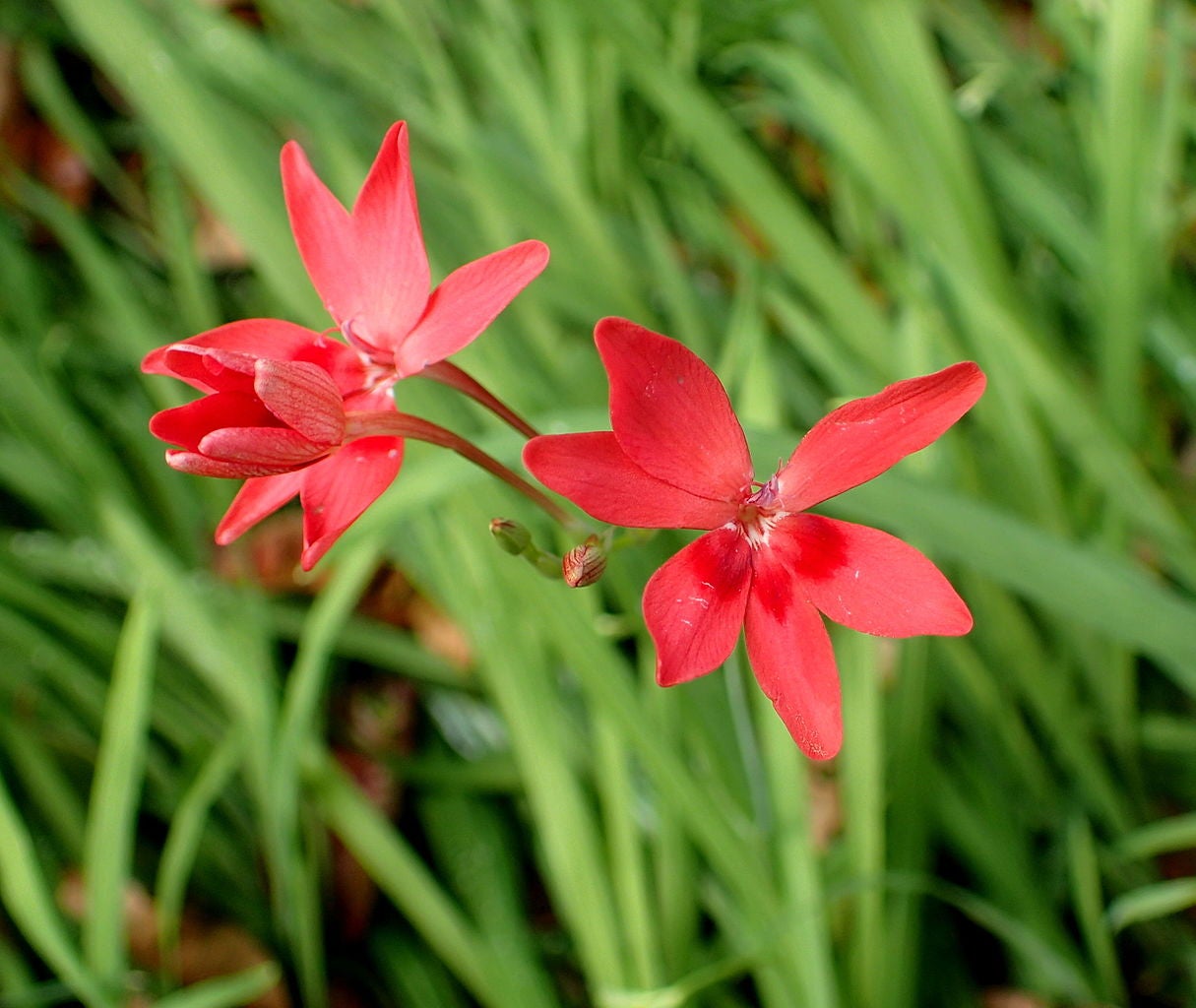 False Freesia Plant Care – Information On Planting False Freesia Corms
False Freesia Plant Care – Information On Planting False Freesia CormsIf you like the look of freesia flowers but wish you could find something similar that wasn't quite so tall, you're in luck! False freesia plants can add a bright splash of red to the garden. Its shorter stature makes it ideal too. Learn how to grow false freesia here.
By Laura Miller
-
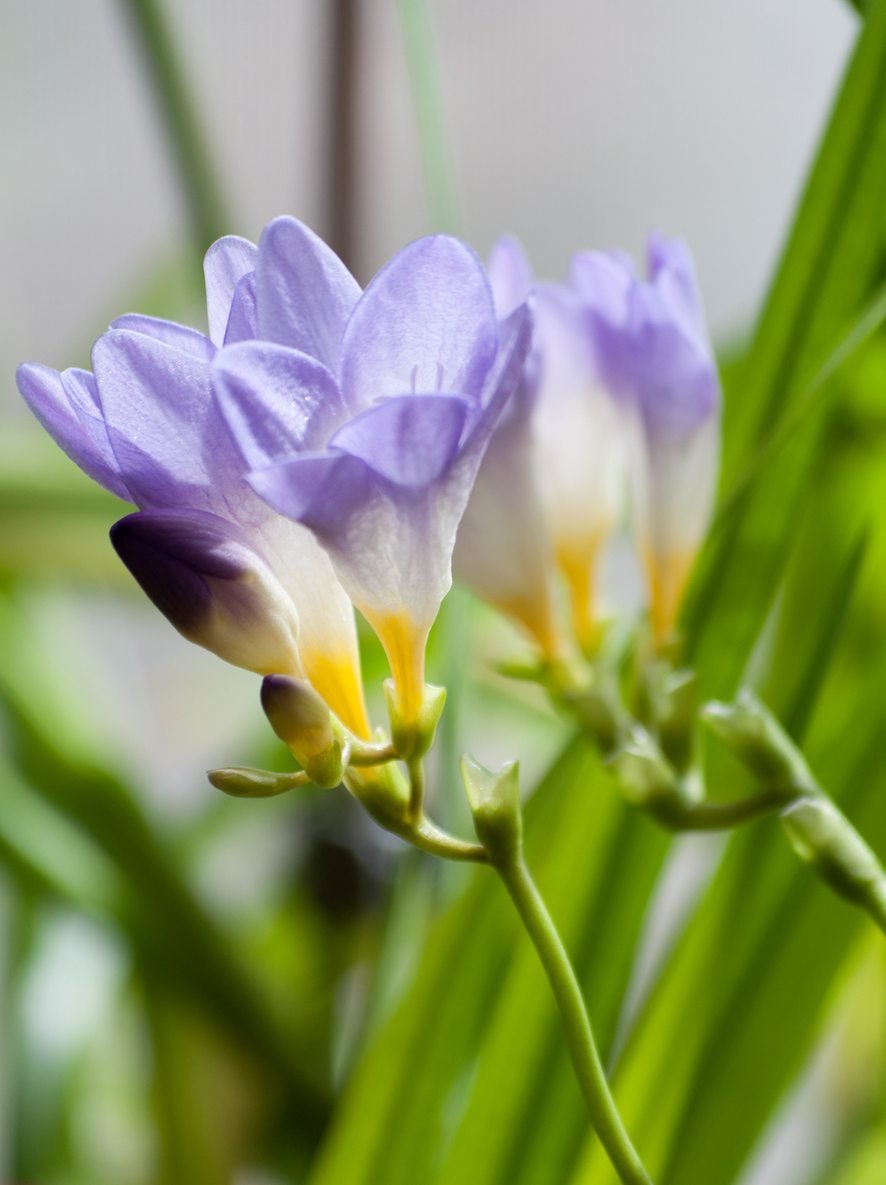 Collecting Freesia Seeds : Learn How To Harvest Freesia Seeds
Collecting Freesia Seeds : Learn How To Harvest Freesia SeedsFreesia can be started with seed. Just be aware, seed may not give a plant that is true to the parent, and it may take several years before you see the first flowers. However, gathering seeds from freesia is easy. Learn how to harvest freesia seeds here.
By Bonnie L. Grant
-
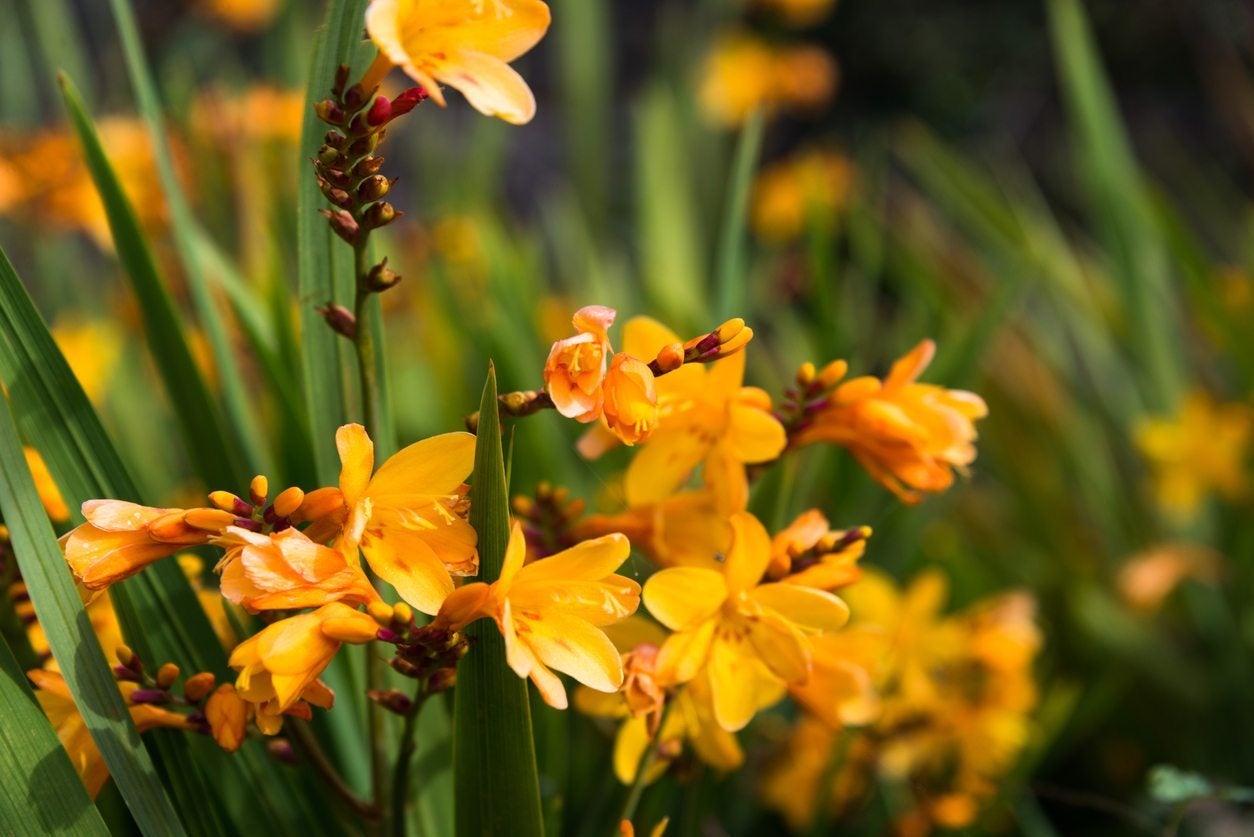 Trouble With Freesia Plants: Learn About Freesia Diseases And Pests
Trouble With Freesia Plants: Learn About Freesia Diseases And PestsCarefree freesias in a garden space are a wonderful addition, but nothing in the plant kingdom is truly without worry. A few common problems plague freesias, but many are simple to deal with if you're armed with the right knowledge. Learn about freesia troubles here.
By Kristi Waterworth
-
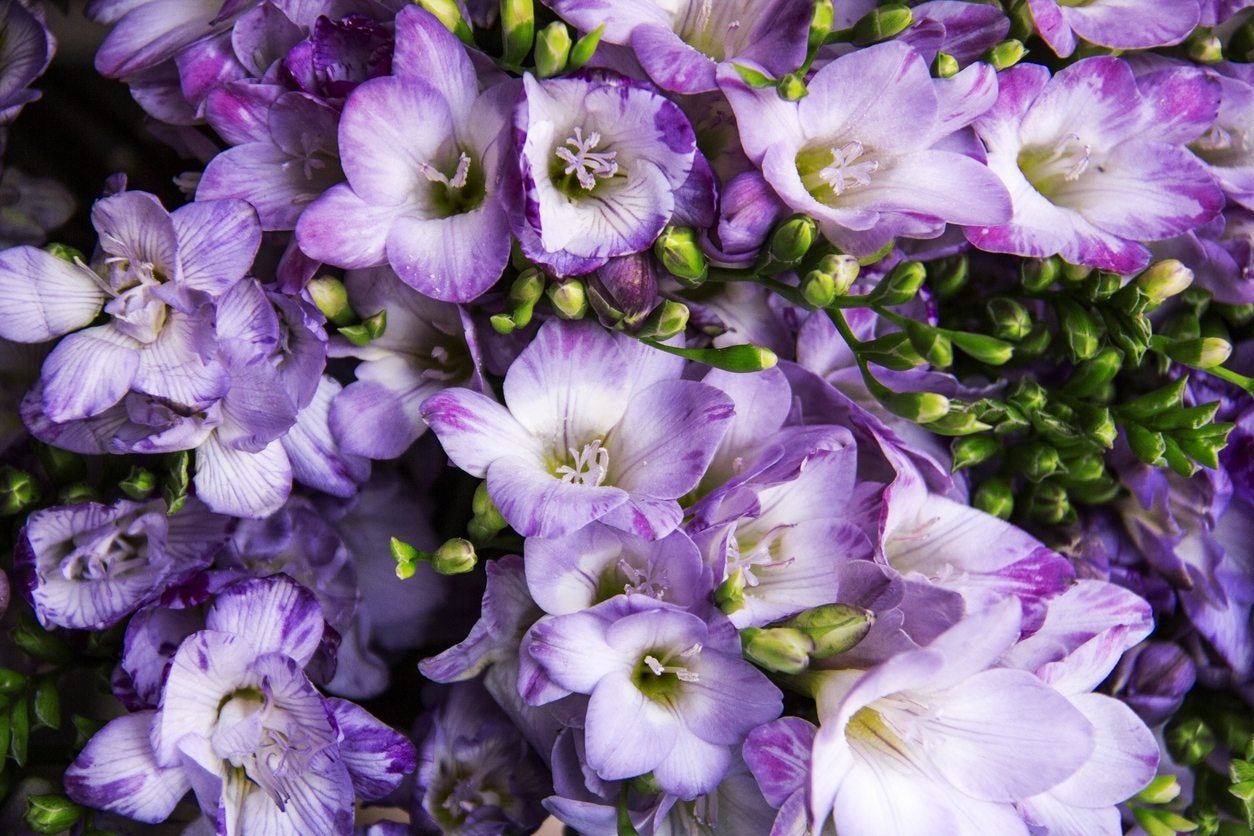 No Flowers On A Freesia: How To Get Blooms On Freesia Plants
No Flowers On A Freesia: How To Get Blooms On Freesia PlantsWhen a freesia won't bloom, it can be frustrating but there are several possible reasons for this, and many of them can be easily corrected. Find tips in this article on how to get blooms on freesia so you can get on your way to growing these scented beauties.
By Bonnie L. Grant
-
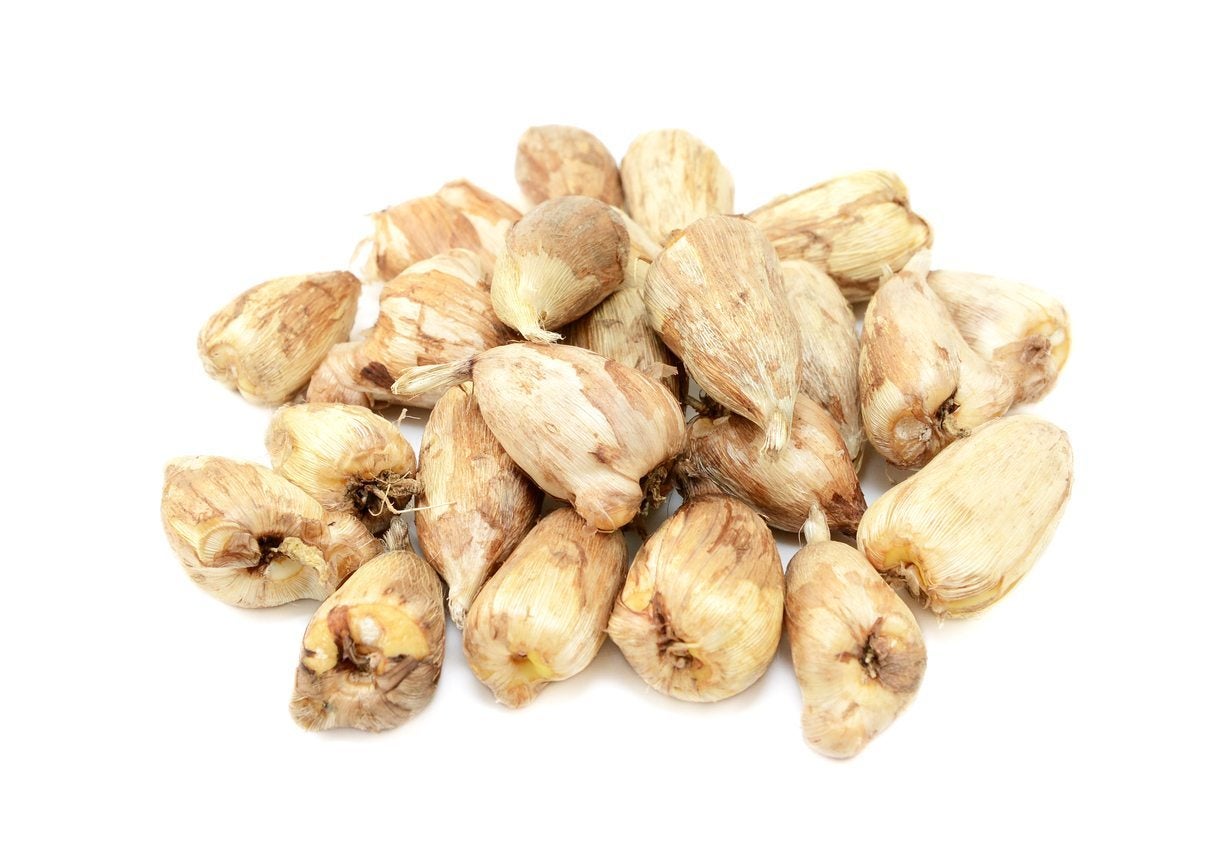 Propagating Freesias: Methods For Starting Or Dividing Freesia Plants
Propagating Freesias: Methods For Starting Or Dividing Freesia PlantsFreesias are beautiful, fragrant flowering plants that have a well deserved place in plenty of gardens. But what could be better than one freesia plant? Lots of freesia plants, of course! Learn more about how to propagate a freesia in this article.
By Liz Baessler
-
 Caring For Forced Freesias – How To Force Freesia Bulbs
Caring For Forced Freesias – How To Force Freesia BulbsCan you force freesia bulbs to bloom indoors? Yes you can! Click here to learn how to make the process a breeze.
By Bonnie L. Grant
-
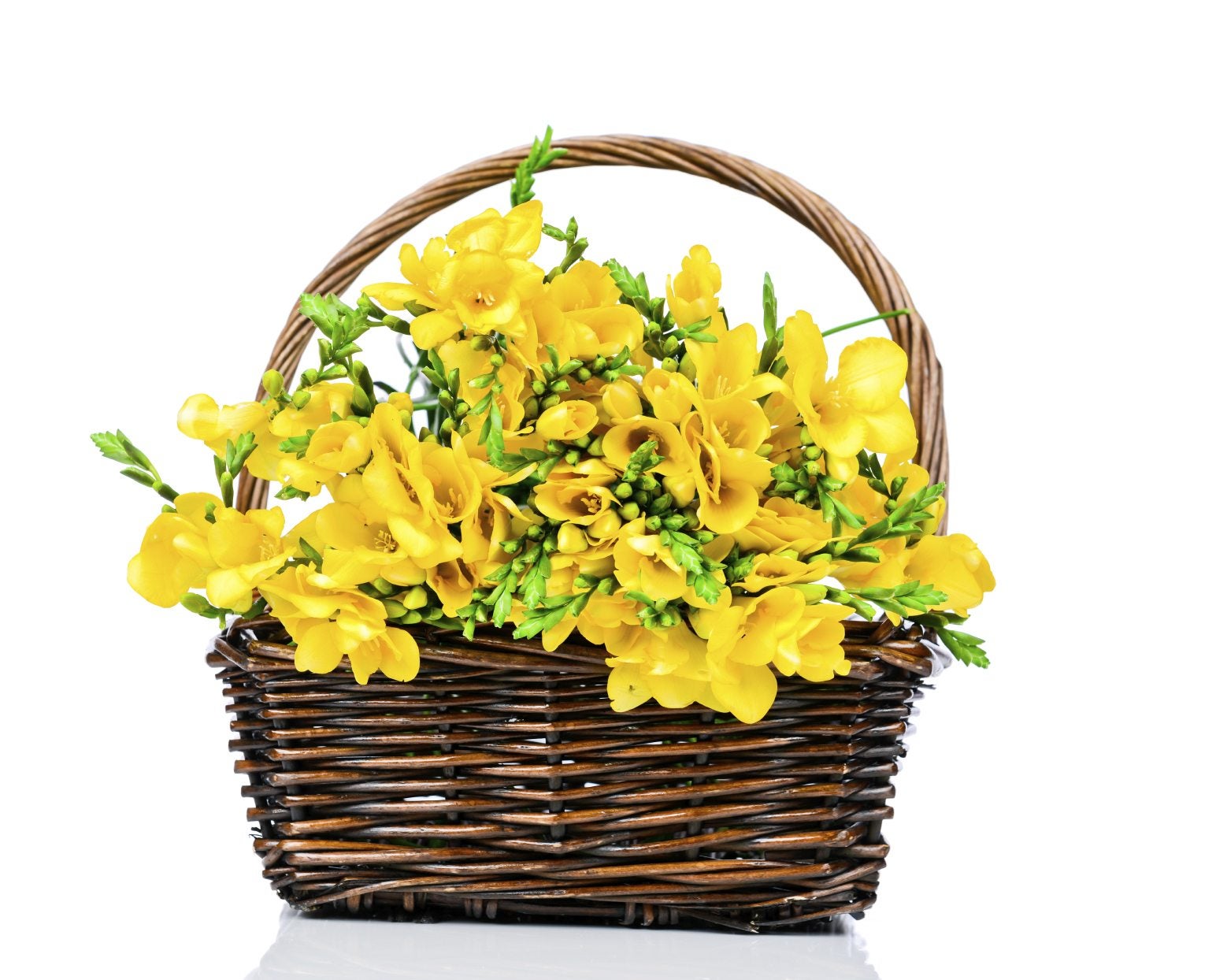 Freesia Container Care: How To Grow Freesia Bulbs In Pots
Freesia Container Care: How To Grow Freesia Bulbs In PotsFreesias are ideal for gardens and flower arrangements, but they're also very well suited to being grown in containers. Click on the following article to learn more about how to grow freesia bulbs in pots.
By Liz Baessler
-
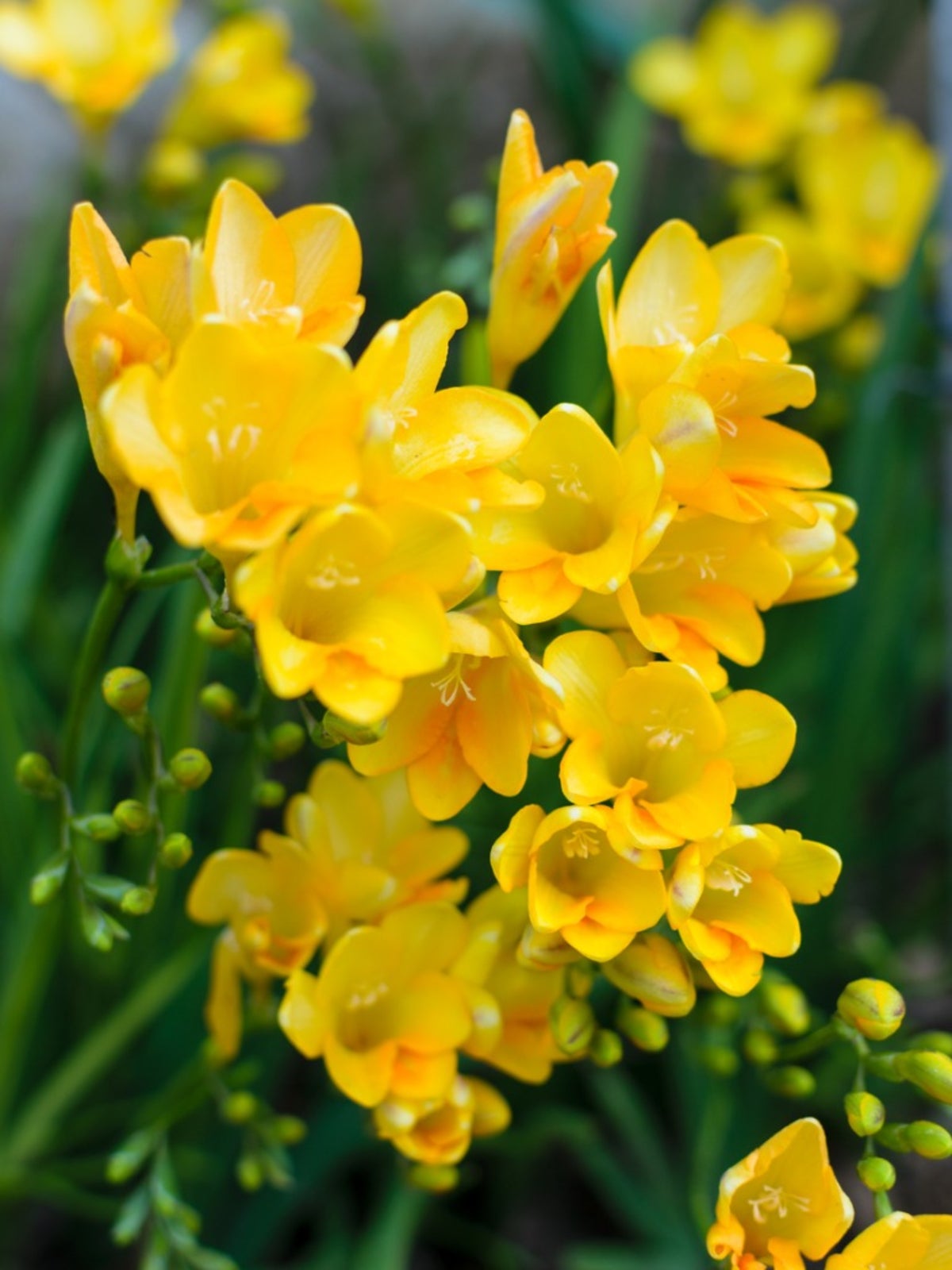 Freesia Bulb Plant: When And How To Plant A Freesia Corm
Freesia Bulb Plant: When And How To Plant A Freesia CormA wide range of colors and an alluring floral fragrance make freesia hard to resist. The freesia bulb plant is easy to force indoors on sunny windowsills, or plant them in the garden. This article has more info.
By Jackie Carroll